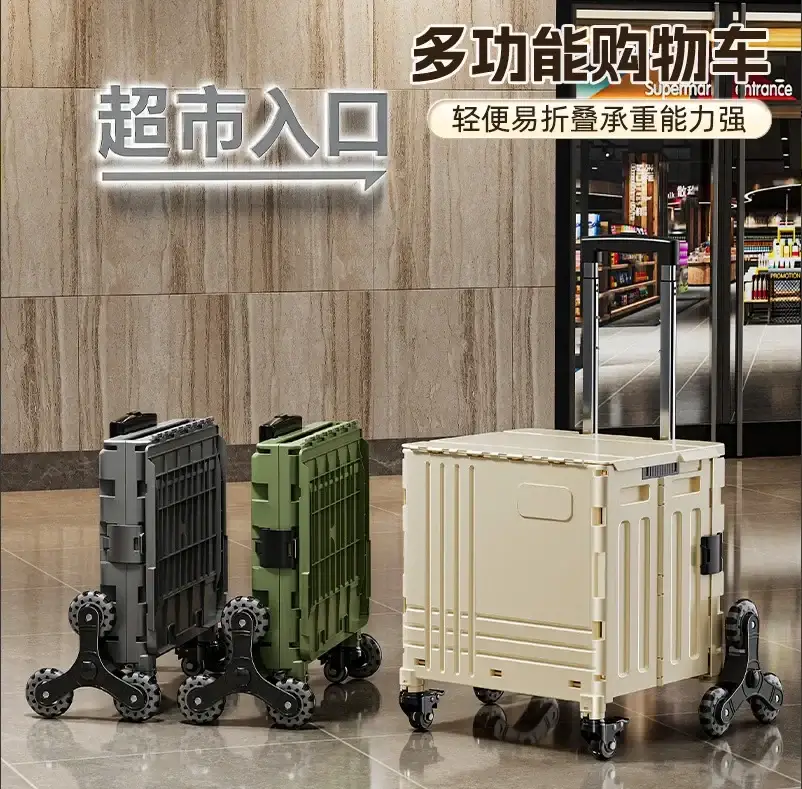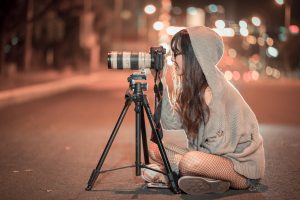Photography is an art, and successful photography requires the right equipment. Whether you are a professional photographer or an amateur, knowing the photography equipment you need is crucial. In this blog post, we’ll take a closer look at the key equipment you need to have a successful shoot.
- Camera:
The camera is the core tool of photography. When choosing a camera, you should consider your needs and budget. Professional photographers often choose full-frame or medium-format cameras for higher pixels and better image quality. For beginners or amateurs, an entry-level SLR camera or mirrorless camera can also meet the basic needs. - Lens:
Lens selection is crucial to the shooting effect. Wide-angle lenses are great for landscape and architectural photography, while telephoto lenses are great for shooting distant subjects. In addition, fixed focus lenses and zoom lenses each have their own advantages and disadvantages, and you can choose the appropriate lens according to your shooting needs. - Tripod:
A tripod is key to shooting stability. It helps you take clear photos in low-light conditions and also keeps you steady when taking long exposures or shooting time-lapse photography. Choose a sturdy tripod and make sure it fits your camera and lens. - Lighting equipment:
Lighting is one of the essential elements in photography. In addition to natural light, you may need additional lighting to control the light. Flash and continuous lights are both common options, and they can provide different lighting effects. In addition, auxiliary equipment such as reflective panels and soft boxes can also help you adjust the light. - Background cloth:
Backgrounds can add visual interest and depth to your photos. You can choose background fabrics of different colors and textures to suit different shooting themes and styles. At the same time, auxiliary tools such as background stands and clips can help you fix the background cloth to ensure stability during shooting. - Storage device:
After shooting, you'll need a reliable storage device to save your photos. A high-capacity memory card is a must to ensure you have enough space to store a large number of photos. In addition, backup devices such as external hard drives or cloud storage are also important means of protecting your work. - Post-processing tools:
Post-processing is an integral part of the photography process. You may need a computer or laptop for post-processing and editing of your photos. Choose a professional image processing software, such as Adobe Photoshop or Lightroom, which can help you optimize the color, contrast, and detail of your photos.
Summarize:
The right equipment is crucial when it comes to a successful shoot. Cameras, lenses, tripods, lighting, backdrops, storage and post-processing tools are all key equipment you need to consider. By choosing equipment that suits your needs and budget, and becoming proficient in using them, you'll be able to take high-quality, impressive photos.








+ There are no comments
Add yours